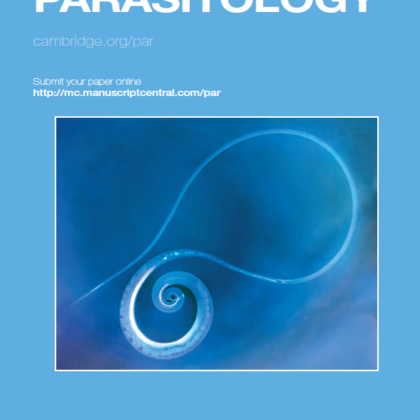Meet the Editors: Q&A with Arrate Muñoz-Barrutia, Executive Editor for Biological Imaging

We’ll be introducing the Editorial Board of new open access journal Biological Imaging, beginning this series we have Professor Arrate Muñoz-Barrutia who is an Executive Editor for the journal and head of the Bioengineering and Aerospace Engineering Department at Universidad Carlos III de Madrid, Spain.
Can you tell us a bit about your background, and what your current research is focused on?
My early background is in Telecommunications Engineering moving slowly towards biomedical imaging. I did my PhD on Multiresolution Image Approximations working under the supervision of Prof. Michael Unser at the Biomedical Imaging Group, EPFL (Switzerland). After that, I worked for nearly a decade at the cancer division of the biomedical research center CIMA of the University of Navarra, Pamplona, Spain. There, I discovered that I love to work in multidisciplinary research combining biology, medicine and engineering
What has been your biggest challenge/greatest achievement in your career so far?
I found it challenging moving from an Engineering School to a Biomedical Research Center. I put a lot of effort to help the head of the lab (Prof. Ortiz de Solorzano) to launch the Cancer Imaging laboratory, while studying a lot of biology and clinical papers and having endless chats with biomedical sciences researchers. I did enjoy that time a lot and all the effort paid off with very exciting research projects and publications.
Why did you decide to become an Executive Editor?
I was involved in the early discussions of researchers in the field about the need of a journal focus on techniques and methods that use imaging approaches (especially quantitative and computational imaging) at their core and that enable discoveries and advances in biology (from molecular to tissue scales). I feel honoured to contribute to the community as an Executive Editor of Biological Imaging.
How will Biological Imaging benefit your research field?
Until very recently, Quantitative and Computational Biological Imaging were mostly seen as technical tools for the biologists to help answering their questions. Very frequently the methods developed were relegated to Supplementary Materials in fancy top journals. We consider Biological Imaging can help these developments to spread, to be improved and to achieve the impact they deserve.
What excites you about Biological Imaging?
The people involved. The EiC, Jean Christophe Olivo Martin, has managed to put together an exciting team of Senior and Associate Editors.
Why should authors publish in Biological Imaging?
It is a well-focus dedicated venue to publish their advances in Quantitative and Computational Biological Imaging. Full scope dedicated to Biological Imaging giving the advances in the field the visibility and recognition they deserve.
How will this journal impact bioimaging research?
It will for sure boost bioimaging research as the quantitative and computational methods will be easily findable, accessible and by the promoting the release of data and code, reusable and hopefully, interoperable.
How do authors benefit from Biological Imaging being open access?
It will maximise impact and reachability of their work.
Biological Imaging is a single open access forum for important bioimaging research. It publishes original reports, reviews and other article types on techniques and methods that use imaging approaches including: microscopy, image acquisition and processing, data mining and analysis, mathematical modelling and machine learning. Submit your papers here and follow the journal on Twitter, @blg_journal.





